The new layout of YouTube added a background random-noise which I like very much, having seen almost exactely the same effect on other sites, so I plan to use the same technique in my webpage prototypes, or at least have this "trick" in my toolbox for future use.
The image is like this (taken from http://g.raphaeljs.com/barchart.html):

Now Youtube accomplishes the (embarrassingly identical) same effect by embedding the image in source code:
(on Youtube main page, right click background to display it, then right click the image and "display image properties" [ffox]):
data:image/png;base64,iVBORw0KGgoAAAANSUhEUgAAAJUAAACVCAAAAAB0....lotsofdata
I tried to discover where this line of code is in the source code, but due to the dynamic creation, I couldn't.
So, my question is: "Is there a way to apply a tiled background to a page, using a png image generated algorithmically CLIENT-SIDE?" (preferrably with javascript)
I am very beginner in webdev and javascript, but I like to base my learning around defined problems to be solved, so this would be a nice way to learn something
Thanks for reading!
UPDATE:
For anyone interested in tile texture generation using javascript, I found this, which seems very interesting:
http://somethinghitme.com/projects/canvasterrain/
http://somethinghitme.com/projects/canvasterrain/js/canvasTerrain.js